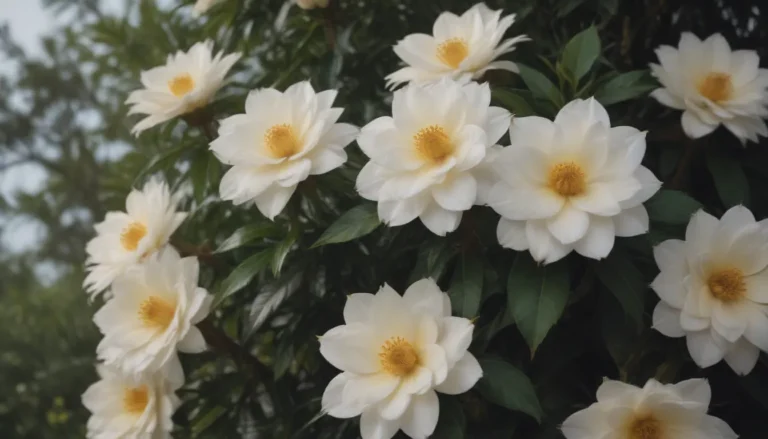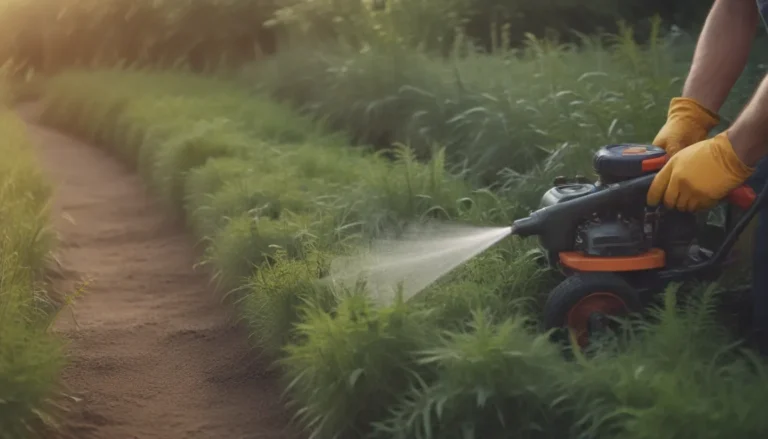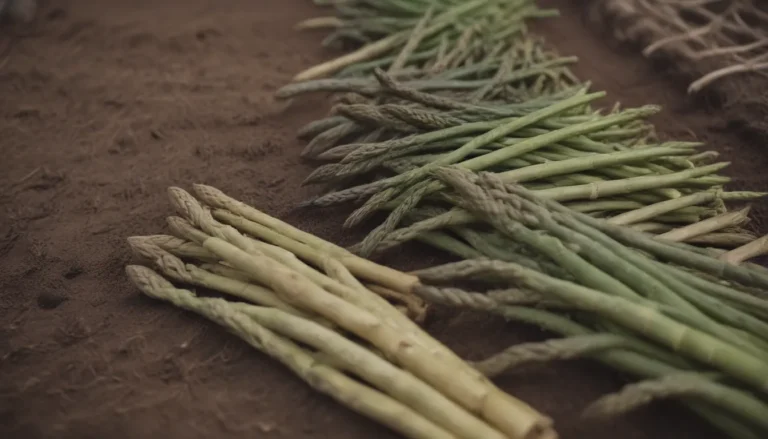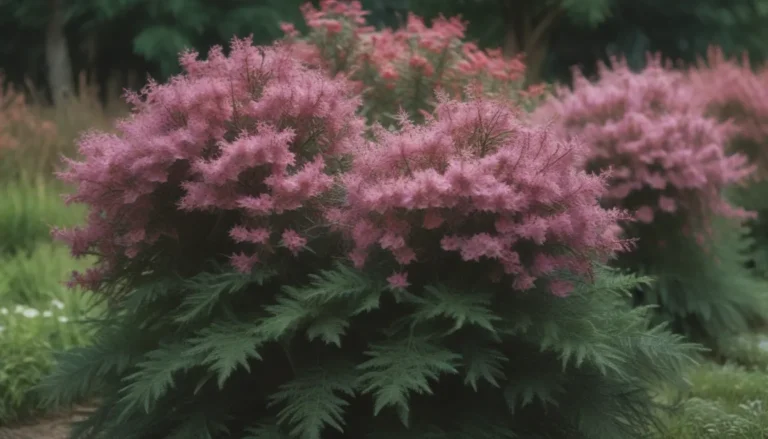The Ultimate Guide to Growing and Caring for Indian Hawthorn
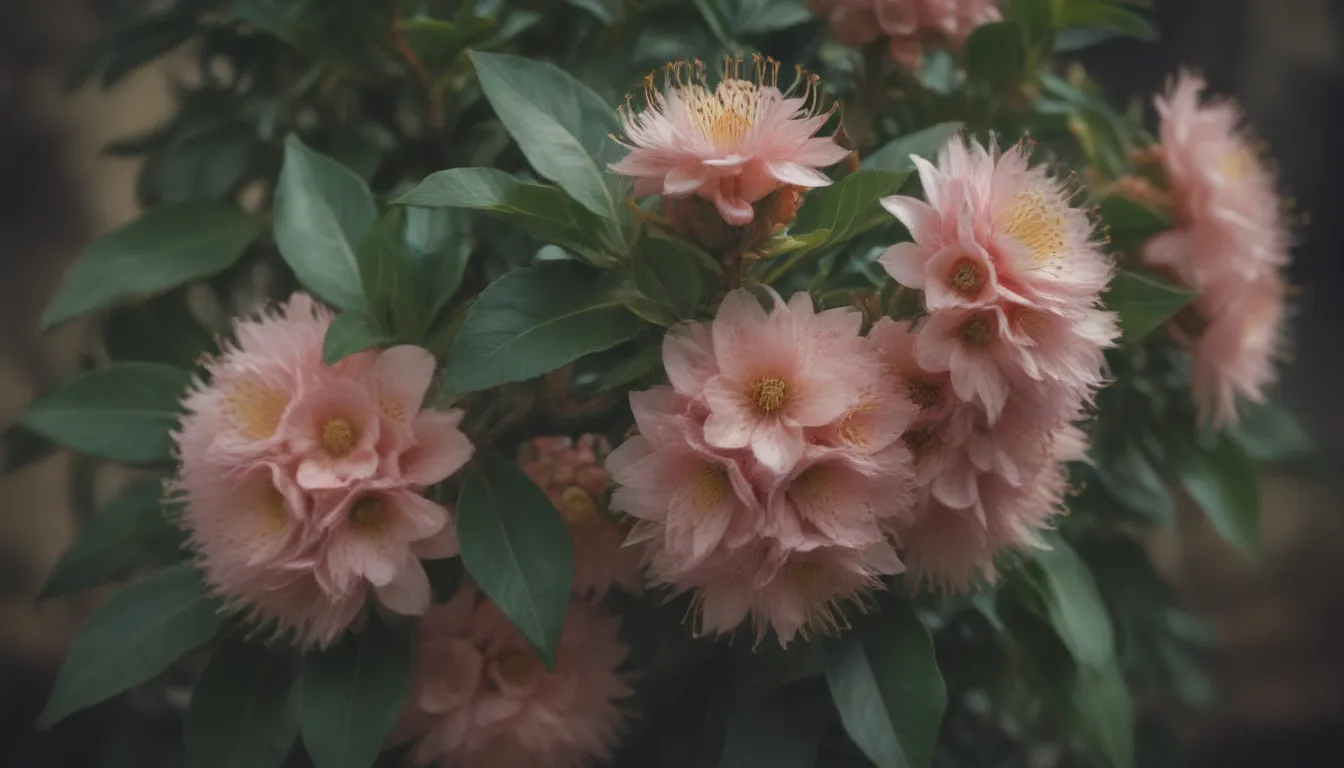
Are you looking to add a touch of beauty to your garden with Indian hawthorn? This versatile evergreen shrub is a great choice for landscaping in warmer climates. But how do you ensure your Indian hawthorn thrives and stays healthy? In this comprehensive guide, we’ll cover everything you need to know about growing and caring for Indian hawthorn plants, from planting to pruning and everything in between. Let’s dive in!
Introduction to Indian Hawthorn
Indian hawthorn, scientifically known as Rhaphiolepis indica, is a small shrub that boasts a neat, rounded shape. Native to China but found in various parts of Asia and Australia, this shrub can grow up to 3 to 6 feet tall. Contrary to its name, Indian hawthorn is not exclusive to India. It’s a popular choice for landscaping thanks to its attractive bronze foliage that matures to a deep green color, fragrant pink or white flowers, and dark blue fruits. Plus, it’s non-toxic to humans and pets, making it a safe option for your garden.
Benefits of Growing Indian Hawthorn
- Beautiful, showy flowers in the spring
- Attractive foliage that remains green throughout the year
- Drought-tolerant once established
- Non-invasive species
- Versatile landscaping options, including hedges, foundation plantings, and containers
Indian Hawthorn Care Requirements
To ensure your Indian hawthorn thrives, it’s essential to provide the right growing conditions and care. Here are the key care requirements for Indian hawthorn:
Light
Indian hawthorn thrives in full sun, but it can tolerate light shade. Aim for at least six hours of direct sunlight daily for optimal growth and flowering.
Soil
This shrub can adapt to various soil types but prefers well-drained soil with a slightly acidic to slightly alkaline pH. Avoid soggy soil, as it can lead to root rot.
Water
Maintain moderate soil moisture for Indian hawthorn. Young shrubs may need more frequent watering, while established plants are more drought-tolerant. Avoid overhead watering to prevent fungal diseases.
Temperature and Humidity
Indian hawthorn thrives in warm climates with mild winters. It can tolerate temperatures down to 5 degrees Fahrenheit but may suffer damage in prolonged cold. Moderate humidity levels are ideal for this shrub.
Fertilizer
Feed Indian hawthorn with an all-purpose, slow-release fertilizer in the spring. Compost can also promote healthy growth. Follow product instructions for the correct application.
Varieties of Indian Hawthorn
Indian hawthorn offers a range of cultivars to choose from, each with its unique characteristics. Some popular varieties include:
- Rhaphiolepis indica ‘Little Pinkie’
- Rhaphiolepis indica ‘Indian Princess’
- ‘Blueberry Muffin’
- ‘Clara’
- ‘Eleanor Tabor’
- ‘Eskimo’
- ‘Snow White’
- ‘Georgia Petite’
- ‘Rosalinda’
Pruning and Propagating Indian Hawthorn
Indian hawthorn typically requires minimal pruning, as it naturally maintains an attractive shape. However, light pruning after flowering can help shape the shrub. Propagation is commonly done through semi-hardwood cuttings in midsummer for new plants.
Potting and Overwintering
If you’re growing Indian hawthorn in a container, choose a pot with good drainage and repot as needed. In colder climates, move the container indoors for winter, ensuring it receives sufficient sunlight. Reduce watering during the dormant winter period.
Common Pests and Plant Diseases
Keep an eye out for insect pests like aphids, nematodes, and scale, as well as fungal diseases such as entomosporium leaf spot. Use organic sprays to control infestations and ensure good air circulation to prevent diseases.
Troubleshooting Bloom Issues
If your Indian hawthorn is not blooming as expected, consider factors like nitrogen levels, pruning timing, and sunlight exposure. Adjust these factors to encourage more blooms and enjoy the fragrant flowers of this beautiful shrub.
Managing Common Problems
Indian hawthorn is generally easy to care for, but it can face challenges like cold damage, leaf drop, and fungal infections. Take preventive measures such as mulching in cold weather and using anti-fungal sprays to protect your plant.
Conclusion
Growing and caring for Indian hawthorn can be a rewarding experience, whether you’re using it as a landscaping feature or a container plant. By providing the right growing conditions, proper care, and addressing any issues promptly, you can enjoy the beauty of this versatile shrub in your garden. Remember to prune, water, and fertilize your Indian hawthorn as needed to keep it healthy and thriving. Happy gardening!
